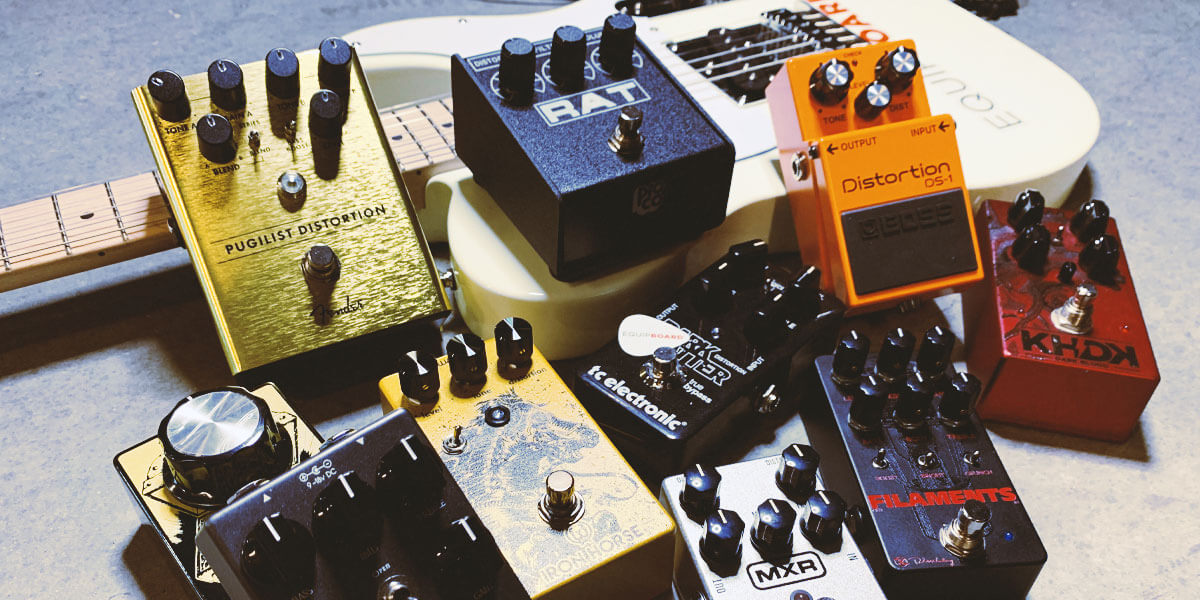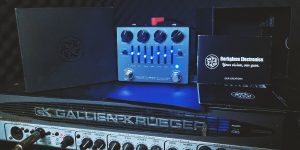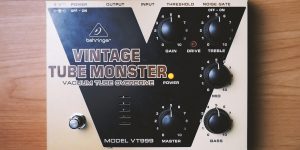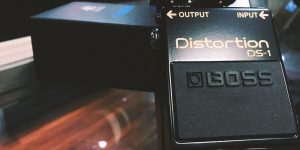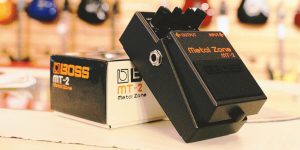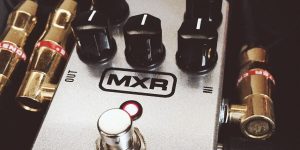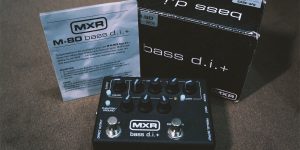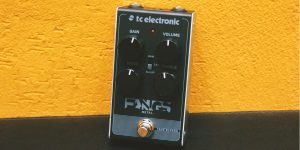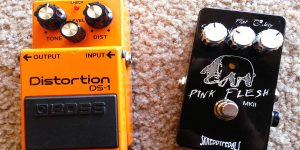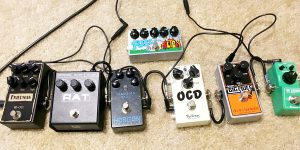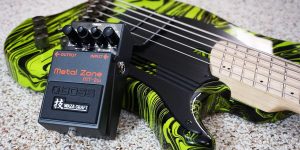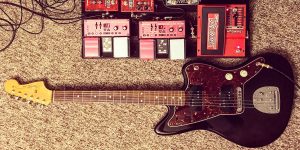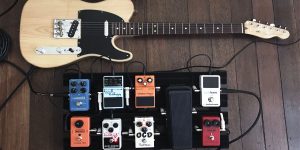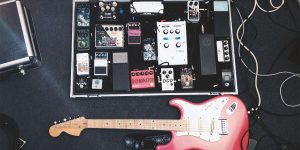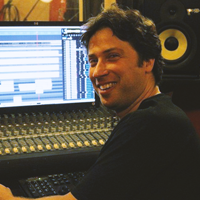So that guitar pedals could work, they must be attached to a power source. As it turns out, it’s fairly easy to power one or two pedals. But if you have three or more, it can be a big deal. You will need a specific power setup to power multiple guitar pedals. And, if you do not know how to make things work, it can put you into trouble. But you’re in luck to have this quick guide at hand. Read it till the end to grasp multiple ways of powering pedals.
Common ways of powering guitar pedals
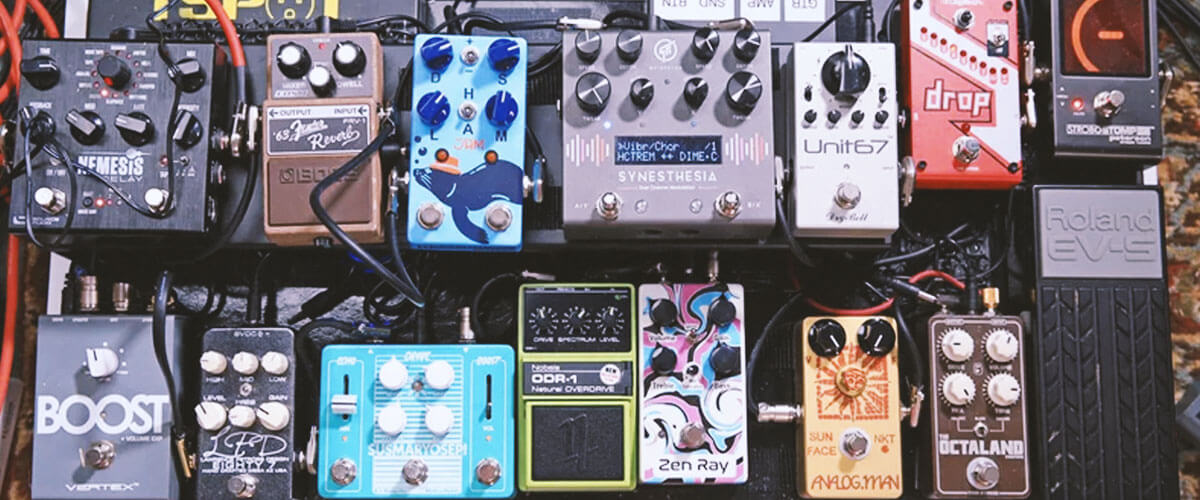
Batteries for every pedal
If you have to power one or two pedals, you can use 9V DC batteries. They usually work pretty well. Some guitarists even claim that the sound is even better with batteries. However, this method will work only for full-size pedals as mini pedals are compact and do not have room for a battery.
This is a good way to power your pedals if you do not often use them. Thus, the batteries will last longer. Also, this is the most compact method that does not require any additional connectors, cables, etc.
Yet, batteries have their drawbacks. You have to replace them over time. And, if you use pedals frequently, this can be very expensive. Add the impact you make on the environment with the crazy consumption of batteries, and you may find this method less appealing.
Daisy chain
If you want to power your pedals from a single power source, a daisy chain is your choice to go. Here are a few considerations if you decide to daisy chain multiple guitar pedals:
- You must ensure the power supply has enough current to power all the connected pedals.
- You will need a daisy chain splitter to power more than one pedal.
To make sure the power supply is compatible with the current and voltage of your pedals, check the adapter’s specifications and every single pedal. Then add up all the current requirements of all your pedals and double the sum. The number you get should be the current requirement of your AC adapter.
It is a cost-effective method of powering multiple pedals. Also, you do not have to bother with the battery life. Yet, just think of all the cables you will use to connect the devices – your pedalboard may look cluttered. Moreover, a daisy chain can result in a high hum because the power supply to each pedal is not isolated.
DC power supply
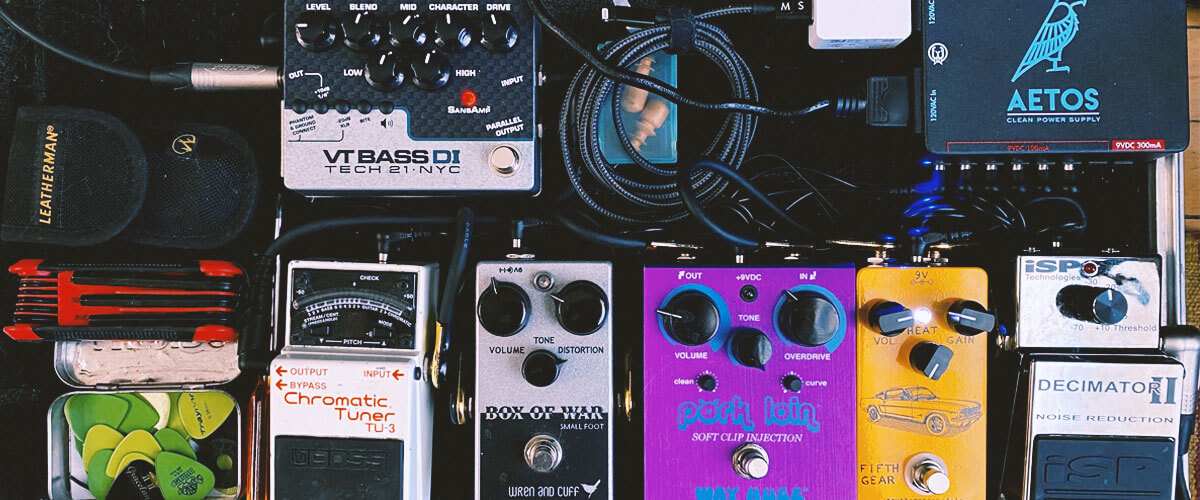
Another option to ensure a stable current flow to all the pedals is to use a DC power supply, also known as a power brick. There are isolated and non-isolated power bricks:
- Isolated – power each pedal individually, reducing background noises.
- Non-isolated – power all the pedals through a shared connection, which may lead to background humming and hissing.
With this method, you should also do the math and calculate how much current, voltage, and polarity your pedals will require. Then, find the DC power supply of the matching size. In addition, mind the number of pedals you are using and the number of outputs in the power brick of your choice.
This method is more expensive but will result in little to no background noise (with isolated power bricks). It may also make your pedalboard bulkier compared to other powering options, yet it will offer more choices for multiple voltage outputs to work with different types of pedals.

